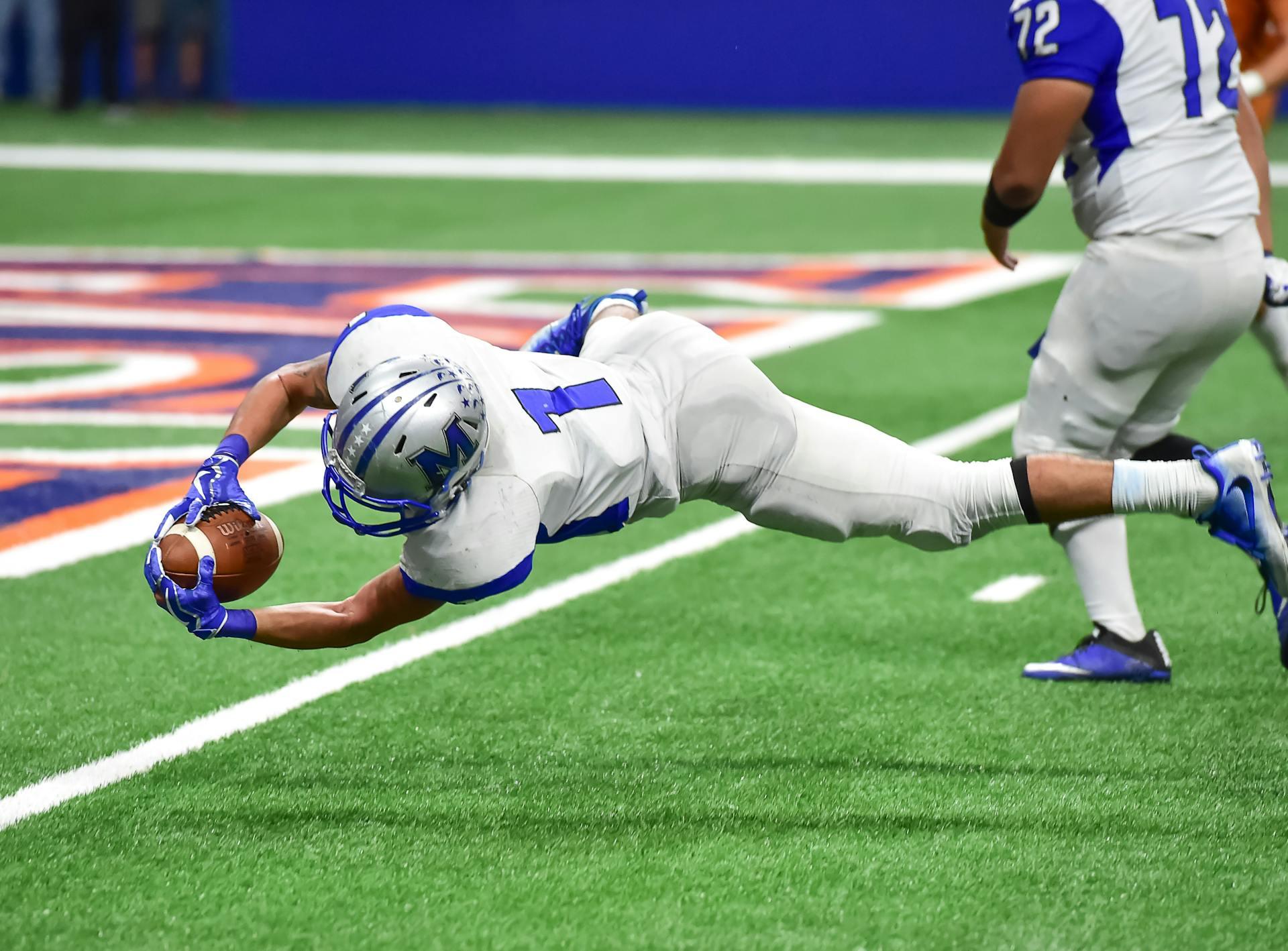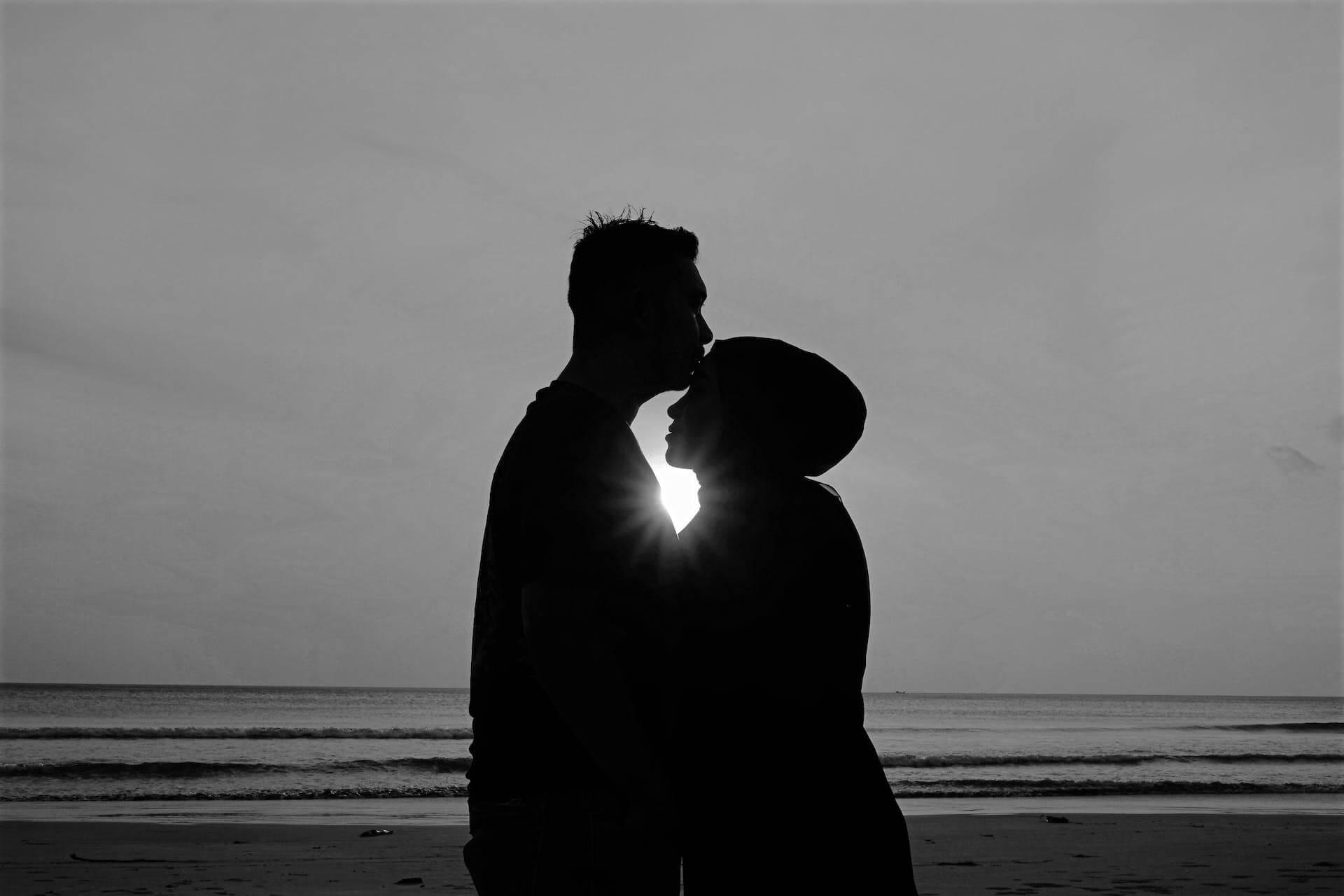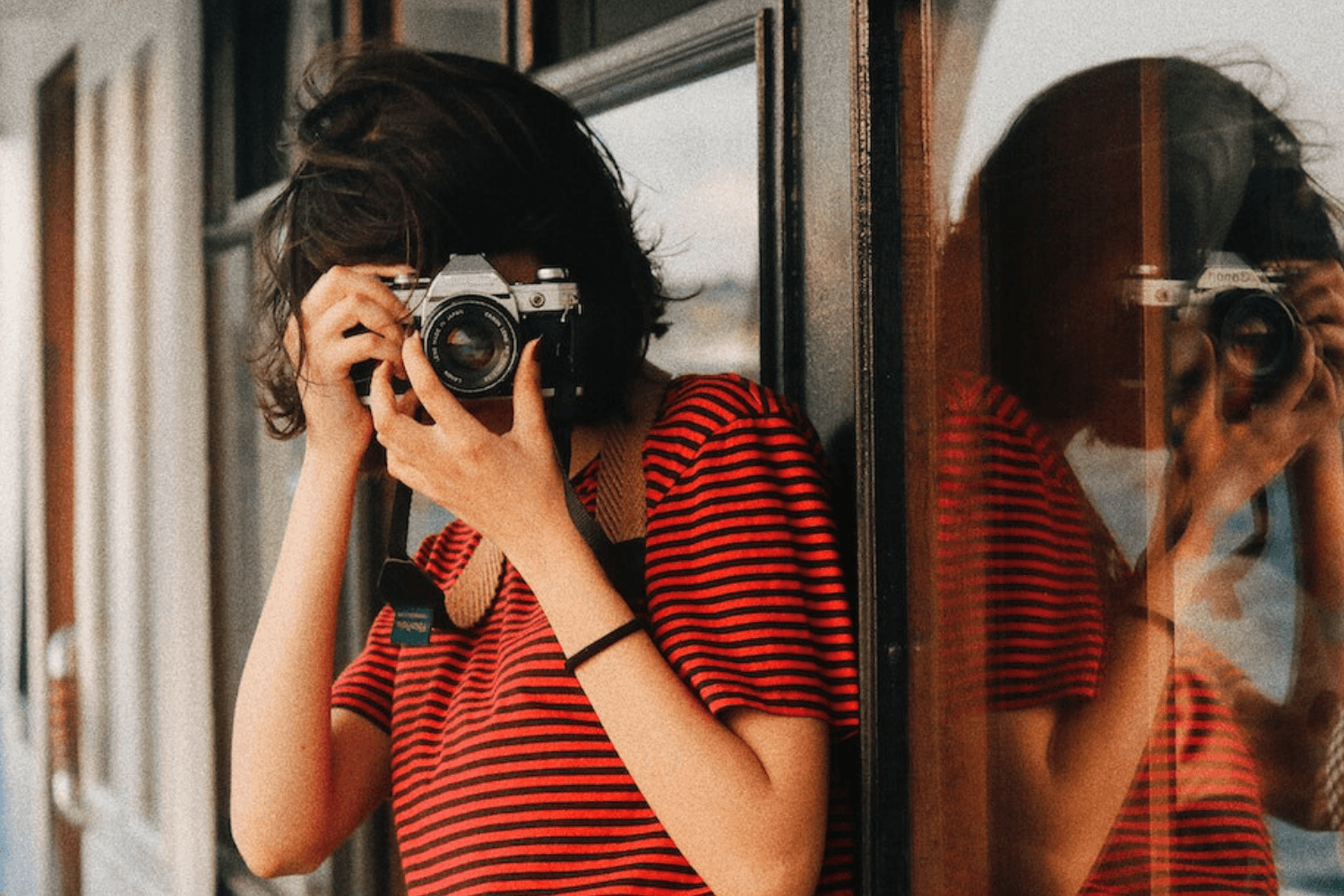Back to Basics: 3 Reasons Why Using a 50mm Lens Can Help Your Photography Thrive
Yvan Cohen
Thu Feb 29 2024
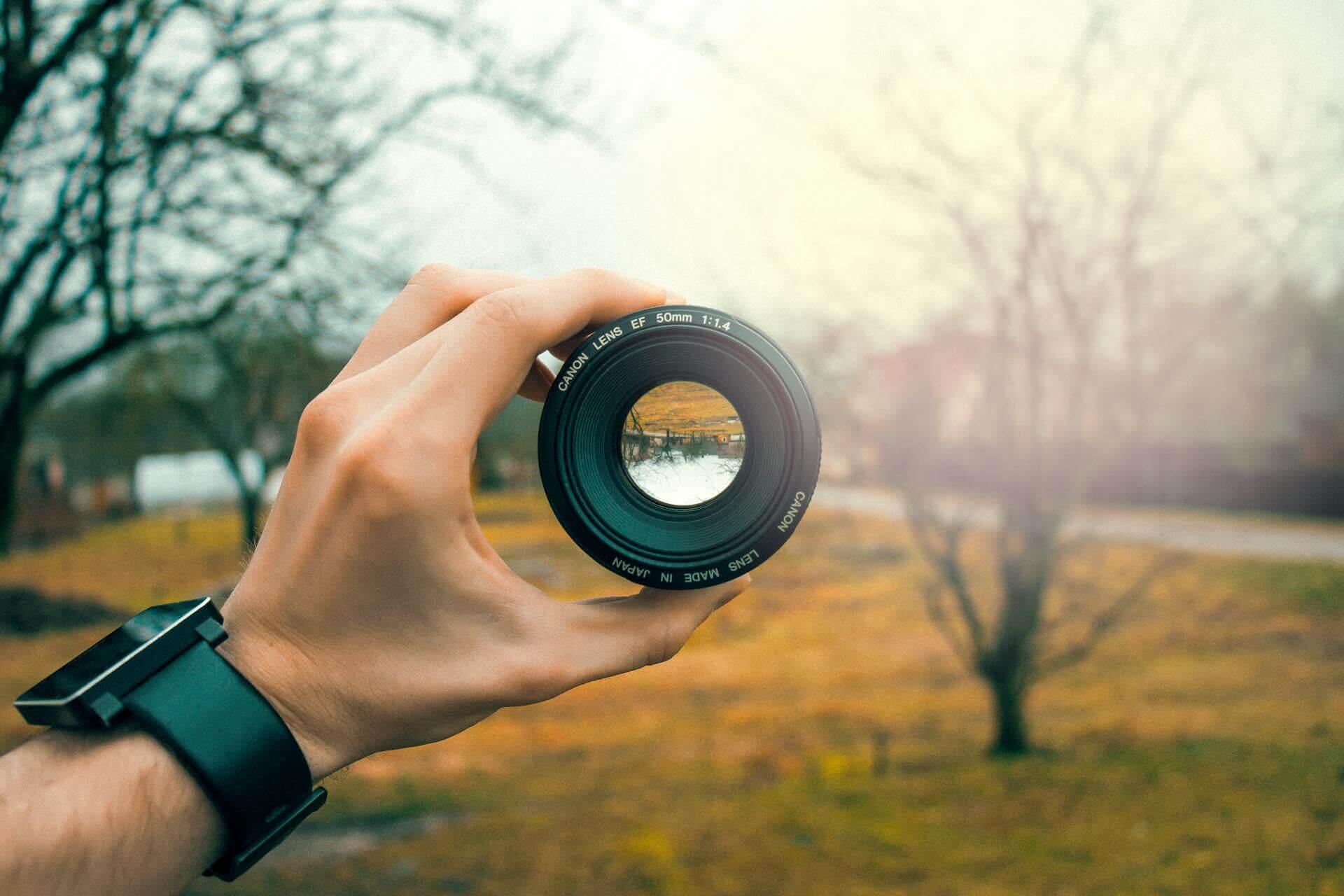
Let's face it, there are just so many possibilities when it comes to photography.
There are literally hundreds of lenses, camera bodies and brands to choose from - each with their own advocates and detractors. If one succumbed to all the possibilities (assuming you had the budget to do so), you'd end up with cupboards stuffed full of gear (which I do) and a bad back (which I have had), brought on by lugging around too many heavy lenses and bodies.
Take a deep breath and stand back for moment.
Have all those lenses you own, all the fancy cameras you invested in, made you a better photographer?
We've written elsewhere about how you should go about choosing what gear to invest in, but let's go one step further and imagine a world where you photograph with just one body and one lens, and a 50mm at that - the most basic of lenses.
Following are 3 reasons why going back to basics with a 50mm lens won't just be good for your back, it might even make you a better photographer.
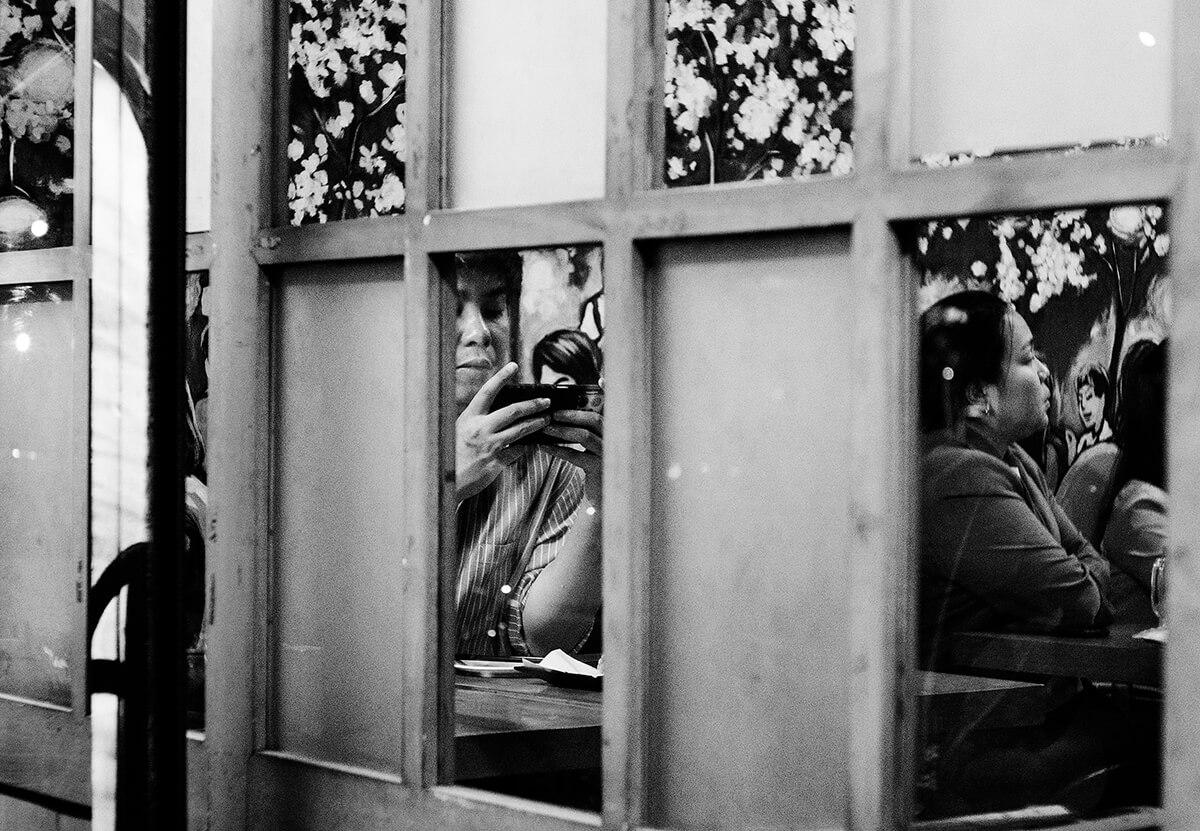 Scene from a full restaurant in Bangkok. Photo by Yvan Cohen from LightRocket. Shot with 50mm lens.
Scene from a full restaurant in Bangkok. Photo by Yvan Cohen from LightRocket. Shot with 50mm lens.
1. A tighter angle makes you think about composition
Full disclosure, I've taken to photographing with a 50mm myself because I love the simplicity it represents. It's liberating creatively, and even physically, to photograph knowing that my options are fixed.
It's not just about simplicity, however, or about the reduced weight of my bag. Photographing with a 50mm presents a creative challenge too. The standard 50mm often gets a bad rap. It's either not wide enough or not zoomed enough. There's something boring-seeming, restrictive even, about using a 50mm.
Herein lies the creative opportunity.
It's the limits of the 50mm that, I feel, prompt me to look and think harder about how I compose my images. Wide angle and telephoto lenses can easily be used to create a certain effect and impact, but with a 50mm lens the photographer has to do all the work. I find myself shifting my body and literally searching for a strong composition. Taking pictures becomes less about the lens and more about one's own compositional decisions as a photographer.
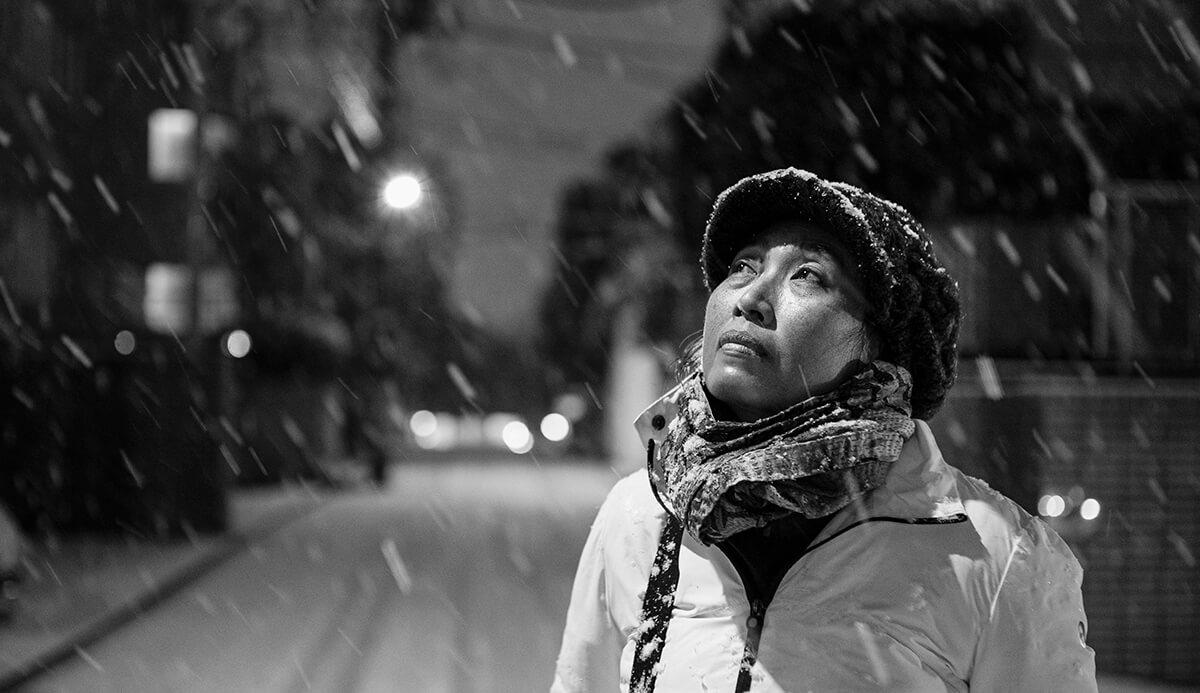 Portrait of a women in the snow in Japan. Photo by Yvan Cohen from LightRocket. Shot with 50mm lens.
Portrait of a women in the snow in Japan. Photo by Yvan Cohen from LightRocket. Shot with 50mm lens.
2. A single lens will keep you focused on taking pictures not changing lenses
It sounds obvious but it does make a difference. By committing to a single standard lens, you are instantly freeing yourself of the need to change lenses, which means your focus is undivided and your creative rhythm remains unbroken.
Committing to a 50mm lens is just one option, among others. You could also commit to another focal length (wide angle lenses - like 24mm, 28mm and 35mm lenses offer flexible compositional opportunities).
The essential point here is that by concentrating on one focal length (one lens), you are removing the distraction of choice, creating a space where you can learn and explore the possibility of the focal length you have chosen.
The emphasis is not on gear but on honing your creative choices and using the power of composition to create great images.
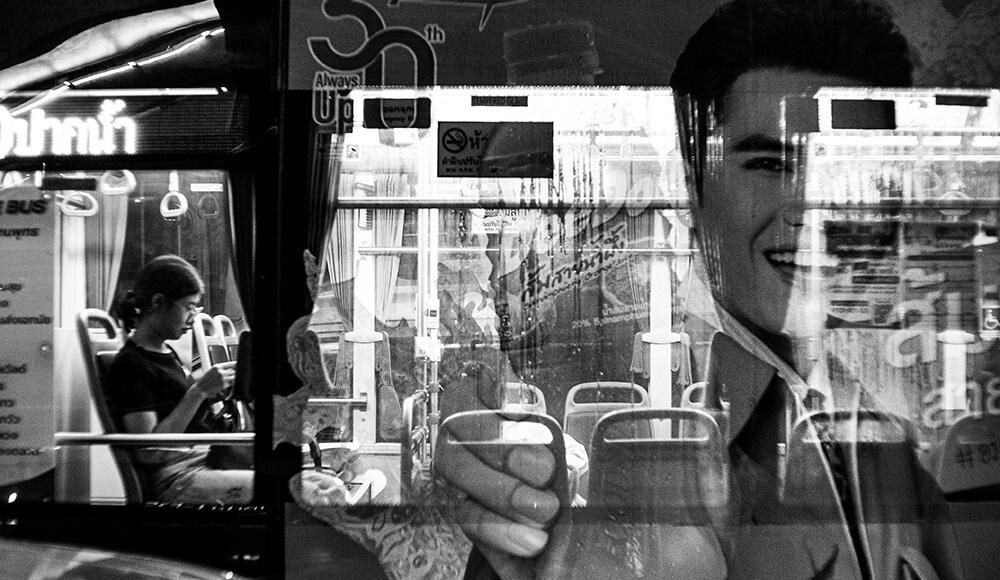 Scene of a bus from the streets of Bangkok. Photo by Yvan Cohen from LightRocket. Shot with 50mm lens.
Scene of a bus from the streets of Bangkok. Photo by Yvan Cohen from LightRocket. Shot with 50mm lens.
A 50mm lens offers creative depth-of-field options
With its longer focal length (a narrower angle than a wide-angle lens but less magnification than a telephoto lens), a 50mm is the closest thing to what one might refer to as a 'standard' lens'. Yet, it offers some great possibilities for the creative use of depth-of-field.
If you're thinking of purchasing a 50mm, my advice would be to go for a 50mm with a wide aperture.
I've recently been using a completely manual (yes, no autofocus) 50mm that opens up to F 1.1. This means I can shoot in very low light and, more interestingly for me, create delicious-looking blur effects (often called bokeh) around my subject.
The blur, or bokeh, can give an almost abstract quality to a backdrop, creating a look you'll probably find reminiscent of cinematic effects. Indeed, there's something classic-looking about shooting with wide-open (which means a wide aperture, such as anything above F 2.8). If you're shooting with a large aperture - which pretty much means anything wider than 1.8, you'll have to pay particular attention to your focus. Micro adjustments can make the difference between the eyes or nose being in focus.
I'm guessing that a 50mm lens is seeming much less boring than it did. Challenge yourself by using less gear to hunt for more creative angles and compositions. I've certainly been enjoying it.
Written by Yvan Cohen | Yvan has been a photojournalist for over 30 years. He's a co-founder of LightRocket and continues to shoot photo and video projects around South East Asia.
To read more helpful articles on photography, check out our blog page.
Join our growing photographer community at LightRocket and get powerful archive management and website building tools for free!
